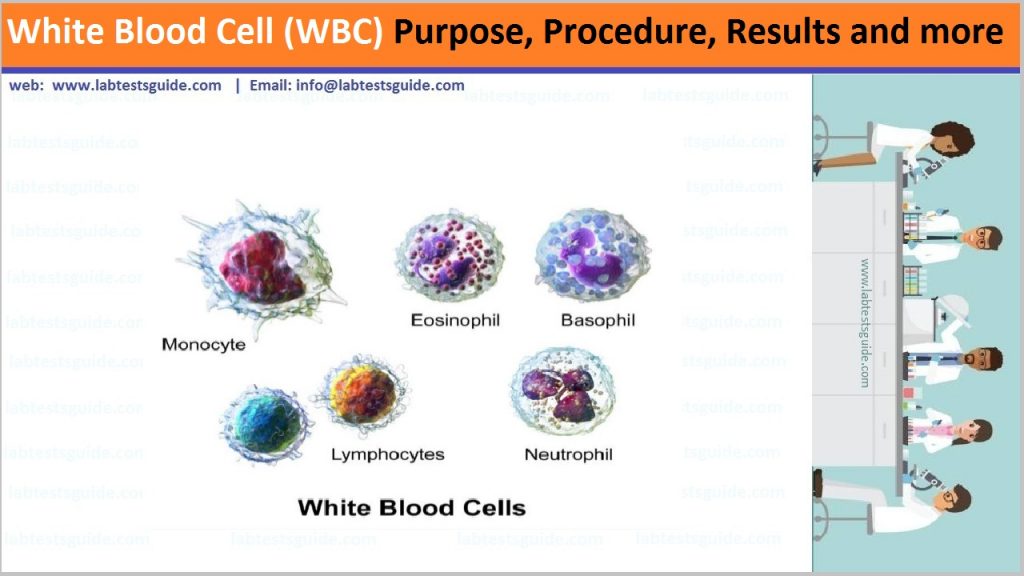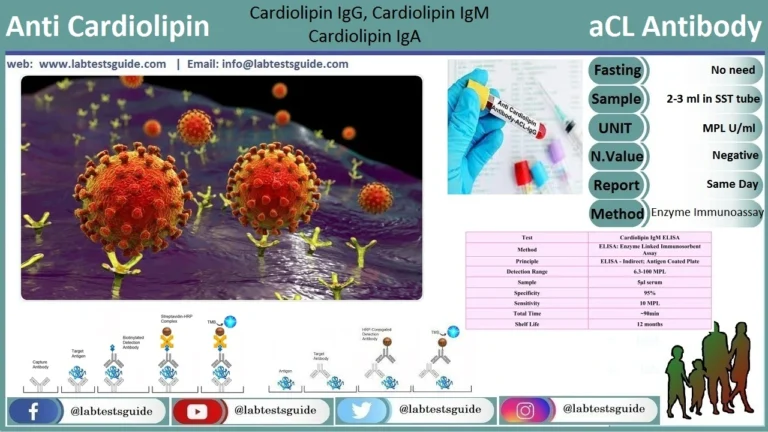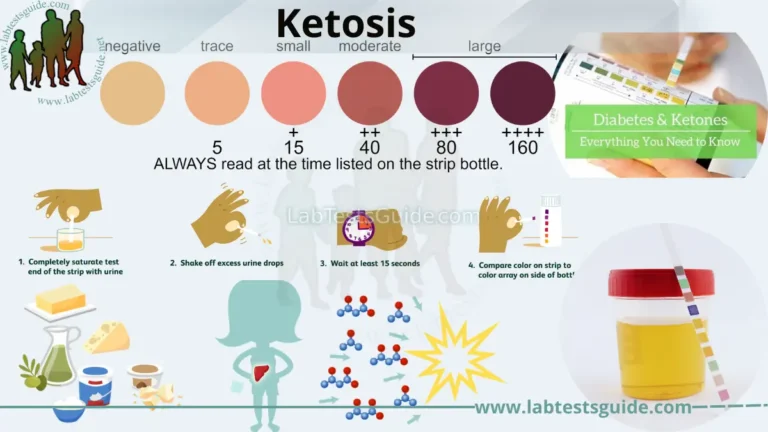A Leukocytes count is a test that measures the number of white blood cells in your body. This test is often included with a complete blood count (CBC). The term “white blood cell count” is also used more generally to refer to the number of white blood cells in your body.
There are several types of white blood cells, and your blood usually contains a percentage of each type. Sometimes, however, your white blood cell count can fall or rise out of the healthy range.

Also Known As: WBC Count, Leukocyte Count, White Count, TLC, Leukocyte
Test Panel: Hemoglobin, Red Blood Cells (RBC), HCT, MCV, MCH, MCHC, Platelets Count, White Blood Cells (WBC), DLC, ESR
Why Get Tested:
- This is the routine test in CBC.
- TLC differentiates acute and chronic infection.
- TLC diagnose the leukemias.
- TLC is done as follow up test in patients on chemotherapy.
- This will help in a patient with an allergy.
When to get Tested:
- As part of a complete blood count (CBC).
- when you have a routine health examination.
- When you have signs and symptoms that may be related to a condition affecting the number of WBCs.
- when you have a condition or are receiving treatment that is known to affect WBCs.
Sample Required:
- The EDTA blood is needed.
- Oxalate or citrated blood can also be used.
Referance Ranges:
| Test Name | Male | Female |
| WBC (TLC) | 4.0 – 11.0 x 109 /l | 4.0 – 11.0 x 109 /l |
Pathophysiology
- White blood cell or leukocytes are divided into :
- Granulocytic series. These cells contain granules in their cytoplasm. Because of the presence of a multilobate nucleus, these are also called polymorphonuclear leukocytes (Polys or PMN). These are of the following type:
- Agranulocytic series is without any granules in their cytoplasm. These are also called mononuclear cells. These are :
- The Polys and lymphocytes make up 75 % to 90 % of the total WBC count.
- The total lifespan of leukocyte is 13 to 20 days. Where they are produced in 7 to 14 days from the myeloblastic cells.
- Their life in the peripheral blood is just 7 to 10 hours and migrate to the tissue and replenished by other cells released from the marrow.
- Main Function of WBC is to give immunity by fighting against infections and react against foreign bodies by various methods like:
- Phagocytosis is killing and digestion of the bacteria.
- Eosinophils are involved in the allergic reaction.
- Eosinophils have the role in the parasitic infestation.
- Basophils are mast cell of the peripheral blood and also rich in histamine granules, they play role in the allergic reaction.
- Lymphocytes are of two types:
- B – lymphocytes give rise to antibody-dependent immunity.
- T – lymphocytes give cell-mediated immunity, their subtypes are:
- T – cytotoxic cell. (T – killer).
- T – suppressor cell.
- T – helper cell.
- Primary Function of T – cells is to fight chronic bacterial infections and viral infection.
- Monocytic cells have the property of phagocytosis. They can kill the bacteria and remove the debris.
- Monocytes produced interferon.
- They have a longer life than neutrophils.
Increased WBC count (Leukocytosis):
- The count is more than 11,000/cmm.
- Infections mostly acute bacterial give rise to increase in the WBC count.
- Trauma and stress.
- Hemorrhage.
- Dehydration.
- Steroid therapy.
- Inflammations.
- Thyroid hormone increase.
- Leukaemias or another myeloproliferative process.
- Other malignancies may increase WBC count.
Decreased WBC count (Leukopenia):
- The count is less than 4000/cmm.
- Drugs toxicity causing bone marrow depression.
- Cytotoxic drugs.
- Bone marrow failure.
- Severe infections.
- Bone marrow infiltration by the tumors or myelofibrosis.
- Dietary deficiency like vitamin B12 and iron deficiency.
- Hypersplenism.
- Autoimmune diseases.
- Low TLC may be seen in typhoid fever.
Possible References Used






